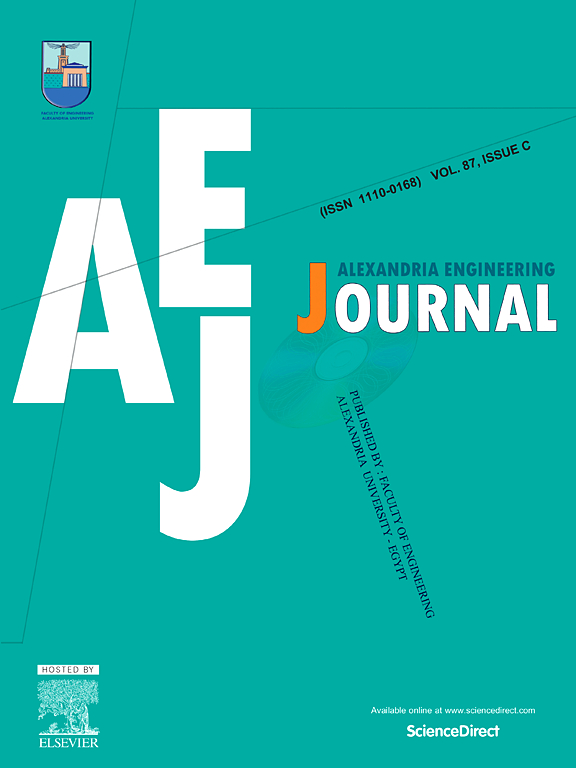Estimating traffic flow at urban intersections using low occupancy floating vehicle data
IF 6.2
2区 工程技术
Q1 ENGINEERING, MULTIDISCIPLINARY
引用次数: 0
Abstract
Fixed-section detection methods, with radar and video as representatives, frequently encounter incomplete detection data at controlled intersections because of high construction costs and insufficient maintenance. This results in ineffective signal control strategies. On the other hand, mobile detection methods, represented by floating cars, can perceive both macro and micro spatial-temporal characteristics of traffic flow. However, their current low penetration rate limits their ability to provide sufficient data support for signal control at intersections.To address this issue, this paper proposes an innovative method to obtain more accurate flow rates for each phase at an intersection through simulation approximation of calibrated parameters. This method utilizes the Webster delay theory to quantitatively describe the relationship between phase flow and vehicle delay, allowing for the inverse estimation of flow rates. These estimated flow rates are then refined using the proposed Radial Basis Function (RBF) neural network approximation method to achieve higher accuracy. Comprehensive experimental results demonstrate that the proposed method effectively improves the accuracy of inverse flow data estimation. This enables the effective utilization of low-penetration-rate floating car data (FCD) in signal control at urban intersections. By leveraging this innovative approach, signal control systems can make more informed decisions, leading to smoother traffic flow and improved traffic management in urban areas.
利用低乘员浮动车数据估算城市交叉口的交通流量
以雷达和视频为代表的固定截面检测方法,由于建设成本高、维护不足,在受控交叉口经常会遇到检测数据不完整的问题。这导致信号控制策略无效。另一方面,以浮动车为代表的移动检测方法可以感知交通流的宏观和微观时空特征。为解决这一问题,本文提出了一种创新方法,通过对校准参数的模拟逼近,获得交叉口各阶段更精确的流量。该方法利用韦伯斯特延迟理论来定量描述相位流量与车辆延迟之间的关系,从而对流量进行反向估算。然后,利用建议的径向基函数(RBF)神经网络近似方法对这些估计流量进行细化,以达到更高的精度。综合实验结果表明,所提出的方法有效提高了反向流量数据估算的准确性。这使得低渗透率浮动车数据(FCD)在城市交叉口信号控制中得到有效利用。利用这种创新方法,信号控制系统可以做出更明智的决策,从而使交通更顺畅,改善城市地区的交通管理。
本文章由计算机程序翻译,如有差异,请以英文原文为准。
求助全文
约1分钟内获得全文
求助全文
来源期刊

alexandria engineering journal
Engineering-General Engineering
CiteScore
11.20
自引率
4.40%
发文量
1015
审稿时长
43 days
期刊介绍:
Alexandria Engineering Journal is an international journal devoted to publishing high quality papers in the field of engineering and applied science. Alexandria Engineering Journal is cited in the Engineering Information Services (EIS) and the Chemical Abstracts (CA). The papers published in Alexandria Engineering Journal are grouped into five sections, according to the following classification:
• Mechanical, Production, Marine and Textile Engineering
• Electrical Engineering, Computer Science and Nuclear Engineering
• Civil and Architecture Engineering
• Chemical Engineering and Applied Sciences
• Environmental Engineering
 求助内容:
求助内容: 应助结果提醒方式:
应助结果提醒方式:


